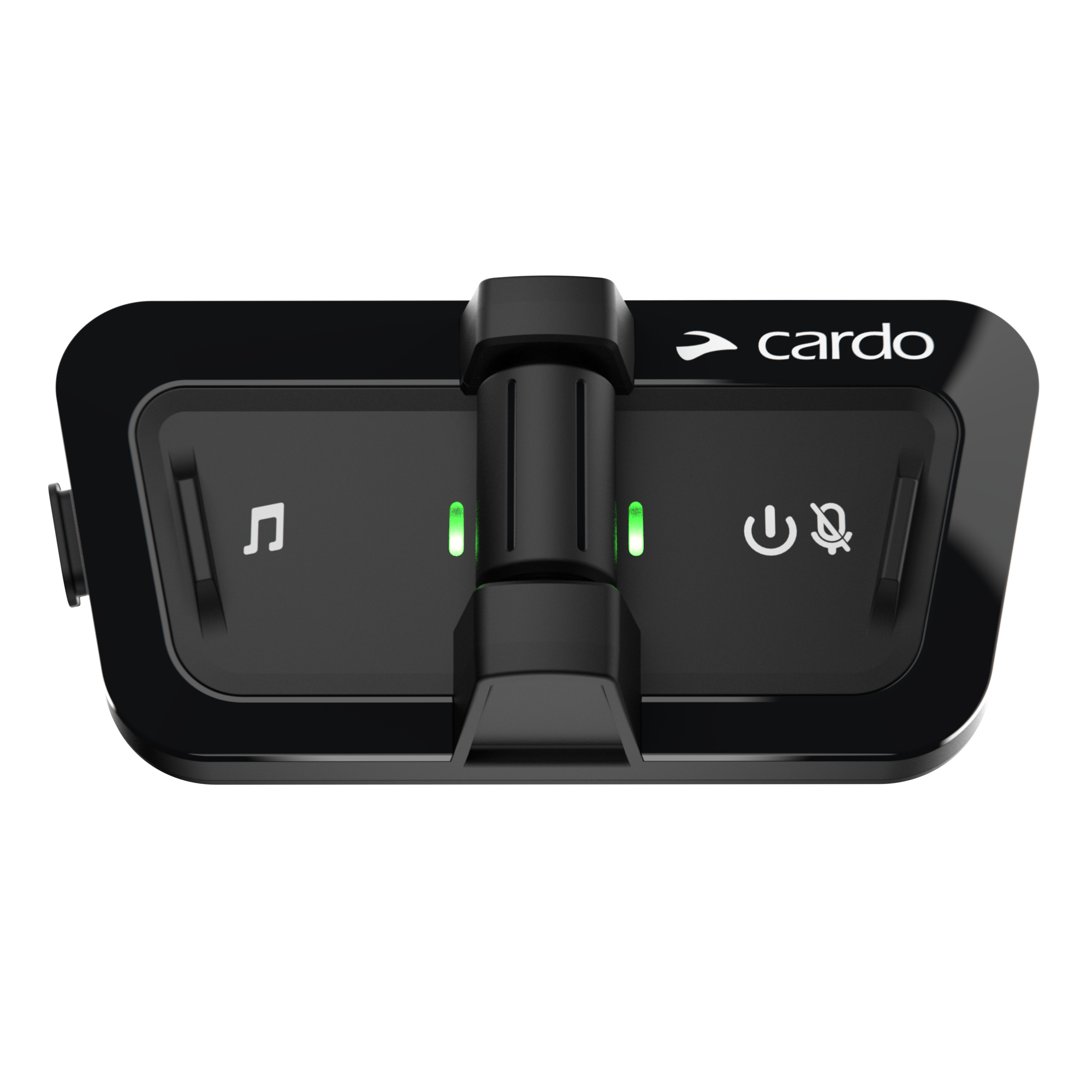Getting Started
Generally, skiing is easier to learn than snowboarding for most people, but it largely depends on your comfort level and overall balance and coordination.
Skiing tends to be easier because your feet are attached to two different boards. You can adjust your footing with the skis attached to keep your balance. Your body will also face forward so you can see what’s ahead of you as you go down the mountain.
Cross-country skiing tends to be even easier still, although it requires more physical endurance. When you are moving downhill, you can adjust your speed by leaning forward and back. The downward momentum carries your body down the side of the mountain while you steer to avoid obstacles. But cross-country skiing requires you to physically pull yourself through the snow while your skis glide on top of the snow. Expect to get a good workout while cross-country skiing and eat a big breakfast to keep your energy up.
Snowboarding tends to be harder to learn than downhill skiing because both feet are attached to the same board. You won’t be able to take a step like you normally would. Instead, you’ll need to lean side to side to move the board forward or left to right. Snowboarding also forces you to turn your head in the direction you’re going, cutting off a part of your peripheral vision.
There are a couple of exceptions to this rule. If you have done other sports that require you to balance on one board, such as surfing or skateboarding, skiing might actually be harder to learn than snowboarding.
Stay Connected With Ski and Snowboard Helmet Communication Devices

Source: Sergey Mironov/Shutterstock.com
Getting Good
Skiing may be easier to learn when you’re just starting out, but snowboarding is easier to master. That’s because snowboarding tends to be less complicated than skiing. There are fewer parts to control and less moves to make when you’re traveling downhill. Once you find your balance on the snowboard, it won’t take you long to master the art of turning, stopping and even doing tricks.
Wear the Proper Gear
Regardless of which sport you choose, you should wear either a full-face or half-face helmet with goggles to protect your head from injury. Your goggles or the visor on your helmet will also block the glare of the sun to increase visibility. You may think that the snow is soft enough to break your fall, but there are plenty of hazards lurking just beneath the surface.
Use a snowboarding or ski helmet communication device to stay connected to everyone in your group. The communicator clips onto your helmet so you can talk directly into the receiver. It uses voice recognition so you don’t have to physically interact with the device to get a connection. It will automatically sync up with anyone in your group when they’re in range.
Keep your phone in your pocket when you’re on the slopes and use the Packtalk Outdoor instead. It connects wirelessly to your mobile device so you can send a call, check the weather or listen to the directions without taking your eyes off the trail. You don’t have to worry about ruining your electronics and you can keep your hands on the poles where they belong.
Use the Packtalk Outdoor to Stay Safe on the Slopes

Source: Sergey Novikov/Shutterstock.com
Make sure you are wearing plenty of warm, waterproof layers when you’re having fun in the snow. Use a heavy jacket that will break the wind and long snow pants that go over your boots. Keep a bottle of sunscreen on your person if your skin is exposed to the sun.
Whatever sport you’re leaning towards, just remember these tips to find the right activity for your skill level.









